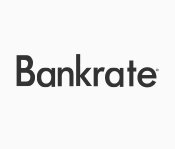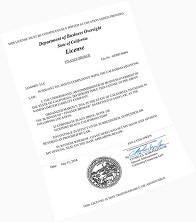What Is A Reverse Mortgage?
Like a traditional mortgage, a reverse mortgage is a loan which uses the borrower’s home as security. The lender holds a claim on the home until the loan is repaid in full. Unlike a traditional mortgage, however, the borrower does not make monthly payments or gradually reduce the balance owed on the loan. Instead, a reverse mortgage is typically repaid when the borrower dies or moves out of the home, at which point the balance of the loan is due.
The most common structure for a reverse mortgage requires the borrower be 62 or older. He or she still occupies the home for as long as they choose. The borrower most commonly receives the funds in the form of monthly disbursements, although it is possible to structure a reverse mortgage to provide a single large payout up front. Less common is the establishment of a reverse mortgage line of credit. which allows the borrower to take out as much as he or she needs up to the limit of the loan in place of regular monthly payments.














